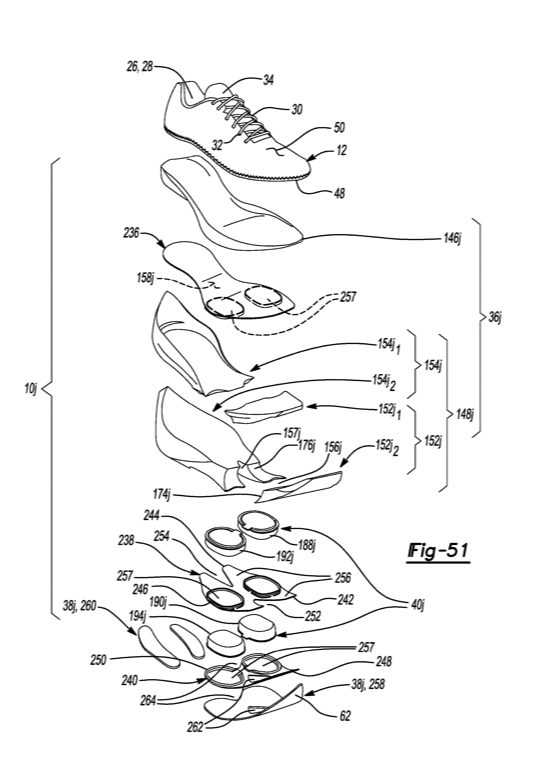didn't realize the shoes got re-engineered as well.
This makes the sub-2 likely, given fair weather and a reliable Audi pace car..
via, https://www.believeintherun.com/...-kipchoge-prototype/
as they say,
"This sole structure features four independent cushioning pods, three carbon fiber/polymer plate layers, two layers of midsole foam, and a partridge in a pear tree. (The partridge is only available to NikePlus members)."

"It is a good feeling for old men who have begun to fear failure, any sort of failure, to set a schedule for exercise and stick to it. If an aging man can run a distance of three miles, for instance, he knows that whatever his other failures may be, he is not completely wasted away." Romain Gary, SI interview
This makes the sub-2 likely, given fair weather and a reliable Audi pace car..
via, https://www.believeintherun.com/...-kipchoge-prototype/
as they say,
"This sole structure features four independent cushioning pods, three carbon fiber/polymer plate layers, two layers of midsole foam, and a partridge in a pear tree. (The partridge is only available to NikePlus members)."

"It is a good feeling for old men who have begun to fear failure, any sort of failure, to set a schedule for exercise and stick to it. If an aging man can run a distance of three miles, for instance, he knows that whatever his other failures may be, he is not completely wasted away." Romain Gary, SI interview